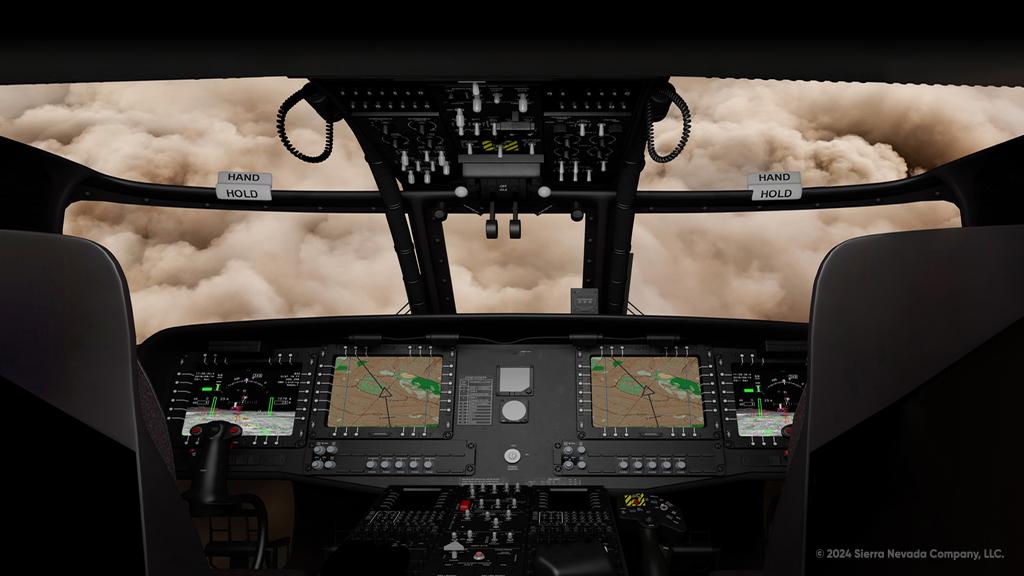SNC: Leveraging FARA Investments for Future Mission Priorities

The U.S. Army's recent decision to repurpose Future Attack Reconnaissance Aircraft (FARA) program resources demonstrates the service’s intentions to leverage its significant $2 billion investment in what was to be a signature modernization program. SNC was teamed with Bell Textron to integrate mission systems on its Bell 360 Invictus FARA offering. Already possessing deep foundational knowledge in the field, SNC made huge strides with Bell’s open digital backbone to develop a truly open systems architecture (OSA) for the would-be future vertical lift (FVL) platform. These advancements position SNC to help the Army leverage past investment for future mission priorities.
By taking a modular open systems approach (MOSA) to Invictus’ systems integration, SNC’s OSA positions the Army well with technology that also conforms to Future Airborne Capability Environment (FACE) requirements. Aligning with FACE via OSA-enabled systems will permit the Army to reuse capabilities (e.g., aircraft survivability equipment (ASE), degraded visual environment (DVE) systems) across the aviation fleet, versus developing custom capabilities for each platform. This reuse will ultimately reduce duplicative development, shorten development and integration timelines, lower lifecycle costs and enhance interoperability across the Army Aviation enterprise.
SNC is well known as the go-to integration expert to modify existing platforms just as the Army looks to shift toward modernizing the current fleet of vertical takeoff and landing (VTOL) platforms. The Army has made overtures toward porting FARA-developed OSA technology to the current fleet, potentially targeting the UH-60 Blackhawk Utility helicopter as lead platform.
Also, on-contract for a separate R&D effort, SNC is designing a “mission systems flying test bed,” including OSA development and testing. Paired with SNC’s substantial MSI achievements developed for the Invictus FARA offering, the company is well-positioned to enable the Army to realize the fleet’s true OSA potential.
In addition to developing the OSA solution central to the Invictus’ mission systems, SNC was also scheduled to integrate its DVE solution on the Bell FARA offering. The industry-leading DVE sensor fusion technology significantly improves helicopter survivability in rotor-induced brownout landing conditions. This capability is actively fielded on existing Army aircraft and MEDEVAC platforms. Integration onto another rotorcraft is also underway.
Currently, the Army limits aircrews to using the SNC DVE solution for enhanced situational awareness purposes (i.e., as a significant aid during brownout landings). The company hopes to leverage its successes with the FARA Invictus MSI to facilitate progress toward true “pilotage” certification for its DVE solution.
Leading its technology efforts with a MOSA-first approach, SNC is paving the way for the future of information superiority and dominance on the battlefield. SNC looks forward to continued partnership with the Army, as it actively rebalances its aviation fleet and assists in expanding the industrial base. Leveraging the significant investments the service made in FARA will yield leap-ahead technologies for the entire aviation fleet for years to come.
https://www.sncorp.com/capabilities/aircraft-integration-modification/




